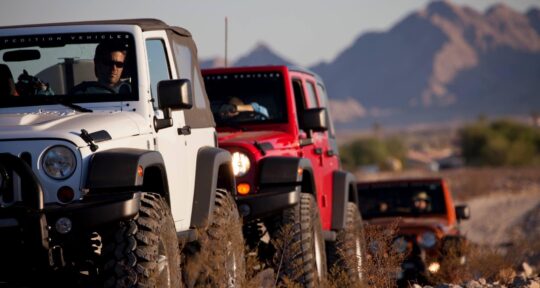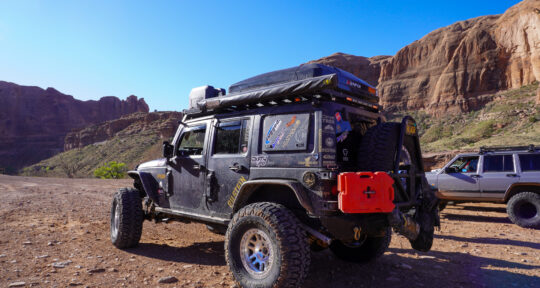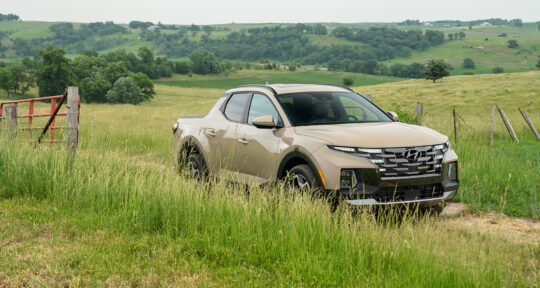When I got my first adventure motorcycle last year, I didn’t fully realize just how on-trend that purchase was. Amid years of flat or declining motorcycle sales across large segments of the industry, adventure motorcycling—also known as ADV or adventure touring—is on a steady upswing.
The main draw of adventure bikes is their ability to go anywhere. These motorcycles are designed for long-haul touring, exploring unpaved trails and backroads, and carrying all the luggage and gear needed for a proper off-the-grid adventure. And the ability to disappear to a remote location for days or weeks at a time has become especially relevant during the COVID-19 pandemic.
“Some people crave freedom and seeing the places that many others don’t,” says Jim Hyde, owner of Rawhyde Adventures, an adventure motorcycle lifestyle company focusing on training, tours, and events. “Being in nature, just getting outdoors and getting away from the chaos of the city and the noise—that’s the draw.”
In mid-April, Rawhyde’s Zakar venue in California hosted the official press launch event for what is arguably one of the most noteworthy things to happen in the ADV space in years. With its new Pan America 1250 motorcycle, set to launch in the U.S. in May, American biker giant Harley-Davidson is entering the adventure field.
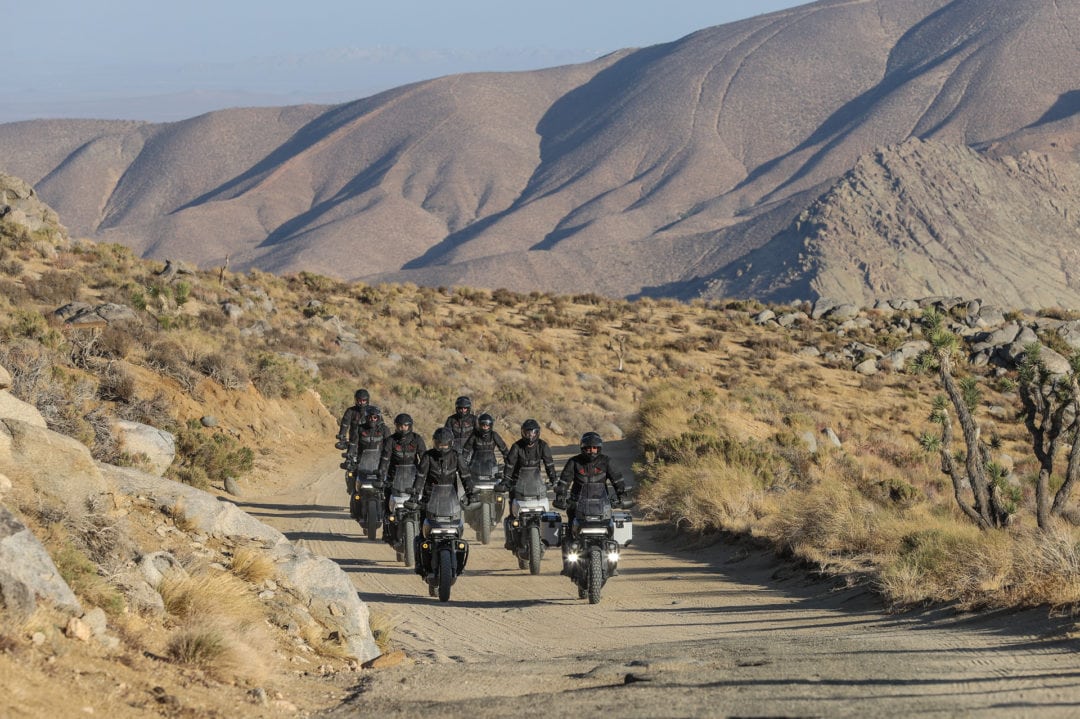
Barriers to entry
I’ve been a Harley-Davidson owner and rider for many years, but when the pandemic hit and I wanted to escape crowded cities and highways, I turned away from the brand for the first time. Instead I purchased a Royal Enfield Himalayan—an affordable and lightweight on- and off-road motorcycle capable of taking on almost any type of terrain.
For decades, Harley has been known for making cruiser motorcycles that appeal to a certain demographic. When most people picture a stereotypical Harley rider, they’re likely conjuring up images of tattooed, leather-clad baby boomers cruising down the highway on motorcycles with oversized windshields, tall handlebars, and loud sound systems. But with the upcoming launch of the Pan America, Harley-Davidson is showing that it’s willing to adapt and appeal to a new audience.
The Pan America, built from the ground up as a brand new product for Harley, features some innovative technologies not found in its competitors—most notably Adaptive Ride Height (ARH), which automatically lowers the rider’s seat as the bike comes to a stop. Adventure bikes have historically been out of reach for shorter riders due to their tall seat height, so this feature could prove to be a real game changer in the industry.
“We knew that in order to be truly successful in the space, we had to be attractive to customers who frankly haven’t set foot in a Harley-Davidson dealership because there’s nothing for them there in their mind,” says Paul James, PR manager for Harley-Davidson. “We felt that with the reach of our brand, as well as the technology like ARH, we can open the door to people who are intrigued or interested in adventure touring, but they haven’t done it because of the barriers to entry.”
And Harley may have picked the perfect time to enter the market. The Motorcycle Industry Council (MIC), a national non-profit industry association, has seen a significant uptick in “dual-purpose motorcycles”—defined as street-legal bikes that can go off-road—in the last few years. “Our latest Retail Sales Report shows that sales of new dual-purpose motorcycles jumped 22 percent from 2019 to 2020,” says Jacqueline Peterson at MIC. “There’s definitely a growing trend for ADV riding.”
An American adventure bike
Ever since the Pan America was first announced, the online motorcycle community has loved to hate it. It has a distinctly North American look that is different from its more streamlined competitors—the main players in the ADV field are European and Japanese: BMW, KTM, Honda, Yamaha, and others. It also comes equipped with a highly styled 60-degree V-twin engine, a signature Harley feature. The brand’s history of being cruiser-focused hasn’t helped it score any extra points in the ADV community either. But until recently, very few people had actually ridden the bike.
“We come into this space humbly, because we know how competitive it is,” James says. “But we did also have the opportunity to start from a clean sheet of paper, and we feel good about the product that we have and how it competes.”
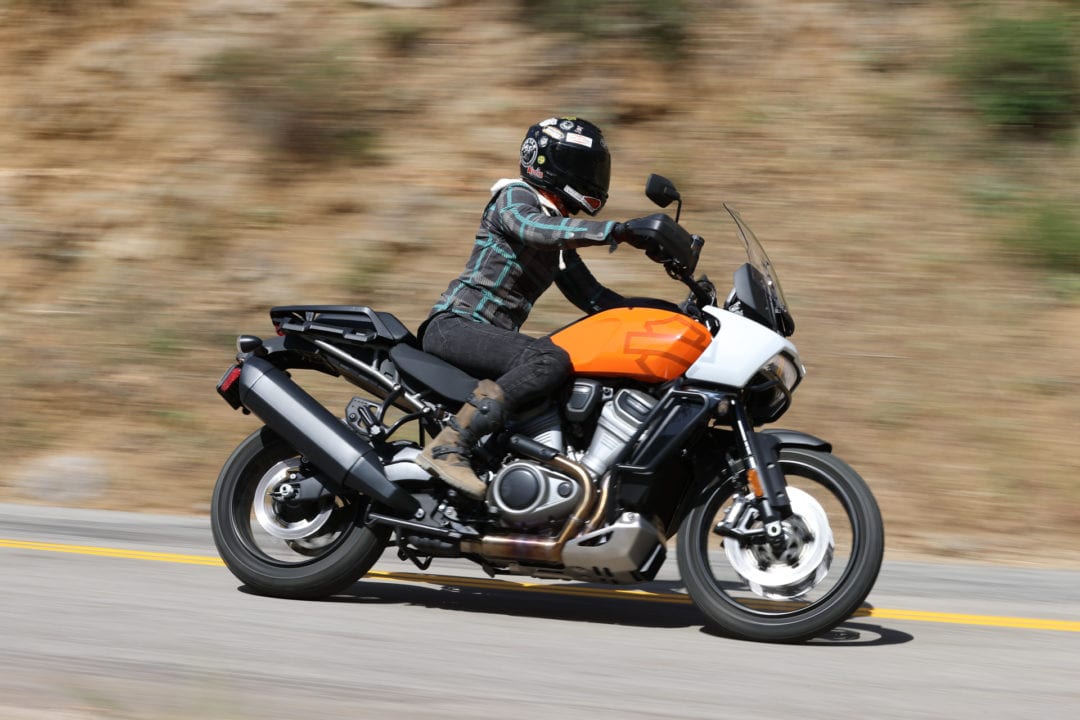
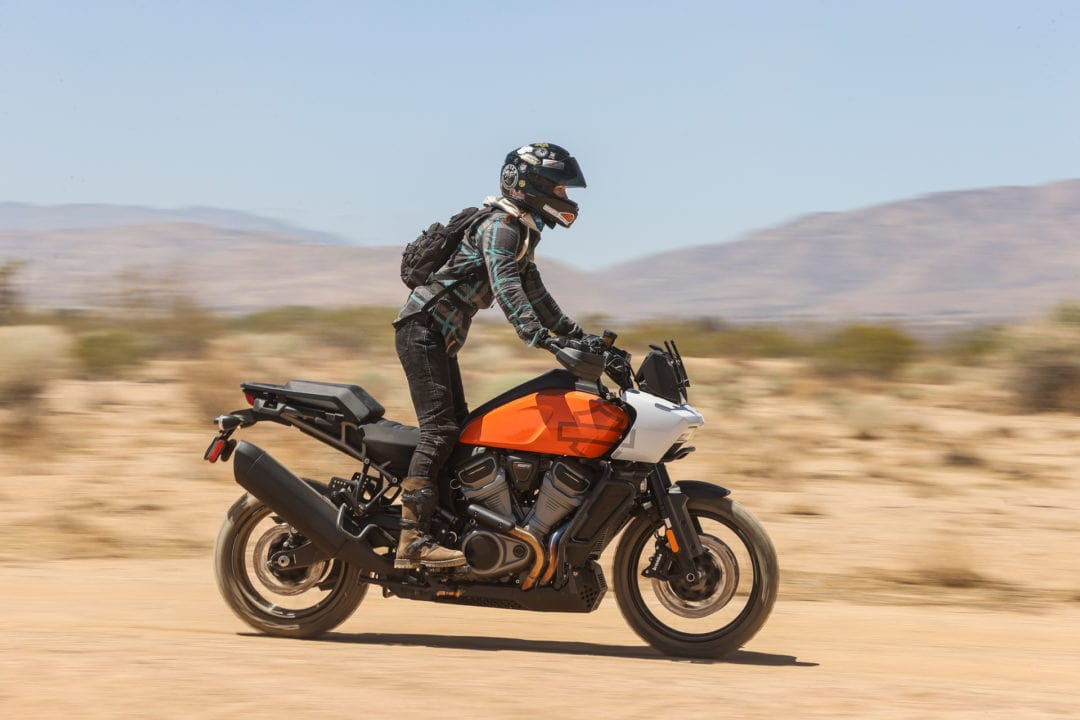
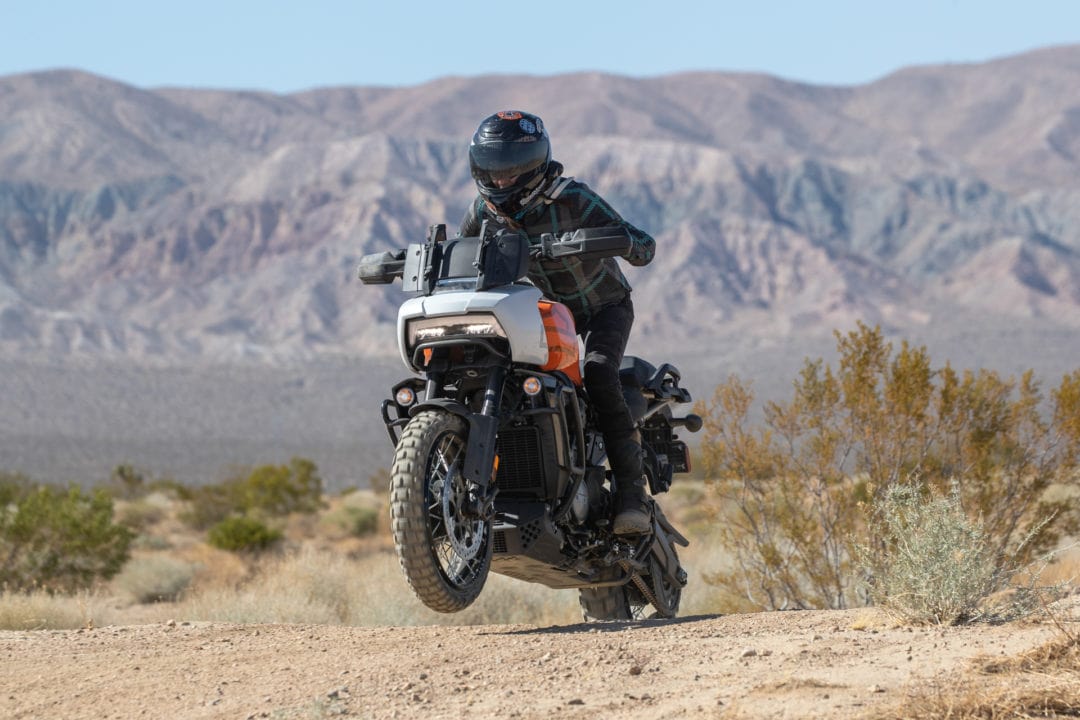
During the event at Zakar, I spent two days putting the Pan America through its paces, and I was impressed with how well this 570-pound motorcycle handled both on the street and in the dirt. Together with a group of journalists and Harley employees, I spent the first day practicing off-road riding techniques. Some of us had ridden big adventure bikes in the dirt before, while others were rookies. The day ended with a few laps on a small motocross track—some of the most fun I’ve ever had while riding a motorcycle. The second day we headed up into the mountains on narrow, winding mountain roads, and through the desert on unpaved trails covered in places by layers of sand. Even with more street-focused tires, the Pan America was able to handle it all in stride.
Hyde points out that Harley is the last major player to enter the adventure touring market—and by far the biggest player in North America.
“I have high hopes that this will add a really good push to the adventure space, because there are a ton of Harley loyalists out there,” he says. “A whole lot of them have the bar and shield [Harley logo] as a tattoo, and they’re not going to ride anything else because they put ink on their skin. So now Harley’s got something to offer them.”
Changing demographics
When Hyde first started Rawhyde Adventures, most of his customers were men in their 50s and 60s, generally professionals with good income levels. In the last few years, he’s seen two main demographic changes. More women are entering the field, and the audience is getting younger.
“Over the last few years, a couple of lower-priced bikes have come into the equation and we’re seeing younger riders come in,” he says. “It’s still professionals, people that have the income to spend 20,000 bucks on a toy. But every now and then we get a few blue collar folks that just love the outdoors.”
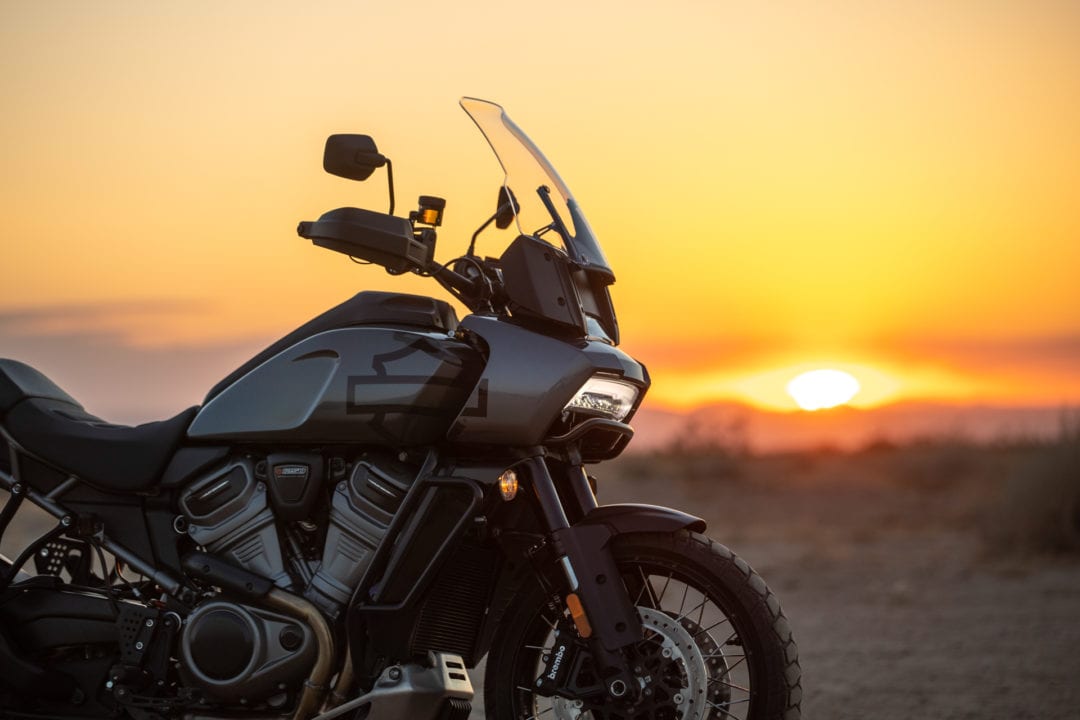
Will the Pan America be the most accessible motorcycle for new riders? Probably not. With an MSRP of $17K for the base model and $20K for the top-of-the-line Special, it’s likely to attract the same type of audience as Hyde’s business—well-off professionals of a certain age. But by adding accessible features like ARH, and by sticking to its all-American look and feel, the Pan America might just have delivered the product that the adventure touring market didn’t know it was missing.
“When your core business is shrinking, you’ve got to do something,” Hyde says. “And you can either just wither up like a raisin and fall off the vine or you can try to stay relevant, you know?”
Whether or not the Pan America will help keep Harley relevant, only time will tell. But as James puts it, “It’s an exciting time to be a Harley rider.”
